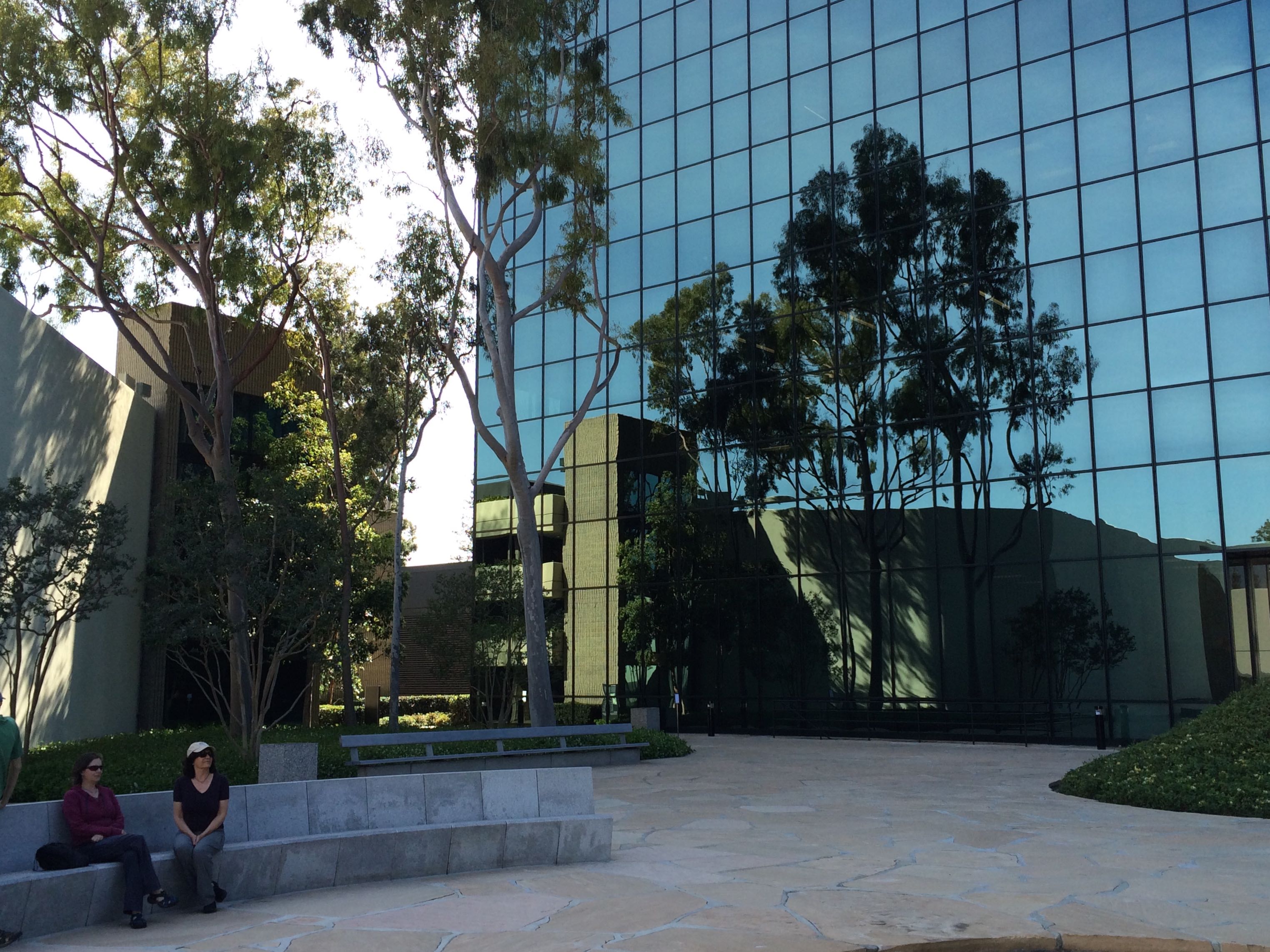
13 Apr TIO L.A.: Stuff To Do & See
Going to Disneyland? Don’t get me started: spring break, wall of noise, sea of people, long lines, hot. If only our activities in the park could have been confined to our grandson’s marching band, strutting its stuff to the delight of the crowds, all would have been well. They were just great. Otherwise, not my scene.
But if you are hanging anywhere in or around Orange County for any reason, Disney or otherwise, a special stop in Costa Mesa should surprise and delight: in the middle of suburban sprawl and tall glossy buildings is a serene oasis.
Commissioned by Henry Segerstrom in 1979 and completed in 1982, Isamu Noguchi’s California Scenario (also known in the Costa Mesa community as Noguchi Garden) is widely recognized as one of the country’s preeminent sculpture gardens and the most vital publicly accessible outdoor sculpture oasis in Southern California. And no one else was there.
According to family members living in L.A., no one is ever there, so you have what amounts to a Zen garden all to yourself for contemplation – or a rest after a dizzying Disney day.
Situated on 1.6 acres, the garden was designed to represent various geographical characteristics of California and so incorporates indigenous plants and materials.
Drilling down to the details, six principal elements comprise California Scenario: “Forest Walk,” “Land Use,” “Desert Land,” “Water Source,” “Water Use” and “Energy Fountain.” The centerpiece of the garden is The Spirit of the Lima Bean, a sculpture of dramatic proportions, composed of 15 rust-colored granite rocks cut precisely to fit together. This sculpture was created in recognition of Henry Segerstrom’s friendship with Isamu Noguchi, and the Segerstrom family’s contribution to the agricultural heritage of Southern California. Cosa Mesa began life as a rural farming community based on, you guessed it, the lima bean.
(Noguchi Garden in Costa Mesa is open free to the public from 8 a.m. to midnight.)
If you go, plan to stop in nearby Little Saigon. We had lunch at a tiny little hole in the wall, Tastes of Asia, a little eateries featuring Mongolian BBQ, highly recommended on Yelp.
A long, leisurely walk along Newport Beach’s Balboa Peninsula followed, where “cottages” along the adjacent promenade is part of the eye candy. Got to wonder what will happen to these jewel boxes when climate change causes the ocean to claim the beach and California’s drought turns verdant gardens into desert-scales. Ah well, guess they will think about that tomorrow…
Griffith Park: Cahuenga Peak and Hollywood Sign.
From Wonder View Drive to Cahuenga Peak is 2.4 miles round trip with 900-foot elevation gain. We chose that access to get behind the world famous sign “Hollywood.”
Here’s what the trail master site says about the walk:
Wonder View Trail leads to the 1,820-foot summit of Cahuenga Peak, high point of the Hollywood Hills. The narrow and steep path (a true hiker’s route) continues to nearby Mt. Lee, which hosts the famed HOLLYWOOD Sign.
In 2010, hikers and movie fans from across the nation and around the world were delighted to learn that creative conservation efforts, combined with fundraising from private and public sectors, succeeded in purchasing the peak and adding it to Griffith Park.
As the story goes, Cahuenga Peak piqued the interest of aircraft mogul (and movie producer) Howard Hughes, who purchased it in the 1930s with the intention of building a mountaintop love nest for Ginger Rogers. She turned him down and the property remained undeveloped (a minor miracle in SoCal) until 2002 when a group of Chicago developers bought the land from the Hughes estate.
When the developers announced plans to subdivide the peak into luxury estates, local conservationists, film fans, and celebs rallied to “Save the Peak.” Some $12 million was raised to purchase the 138-acre site. Hollywood notables, including Steven Spielberg and Tom Hanks, plus the Tiffany & Company Foundation, Hugh Hefner and Aileen Getty contributed serious cash, as did state and local agencies.
As the story goes, Cahuenga, which names a pass, a peak and nowadays a boulevard, was once a native Shoshone village located on the banks of the Los Angeles River near present-day Universal City. The peak is the 12th highest in the Santa Monica Mountains.
Directions:
From Highway 101 in North Hollywood, exit on Barham Boulevard and head north 0.3 mile. Turn right on Lake Hollywood Drive and continue 0.5 mile to intersect Wonder View Drive (which has no street parking). Park alongside Lake Hollywood Drive.
Syd Straw at McCabe’s:
McCabe’s Guitar Store opened for business in 1958 and, yes, does sell gee-tars and other stringed instruments, but the store is also a one-of-a-kind venue for stellar off-beat acts such as Loudon Wainwright III, Lucinda Williams, Sun Ra, They Might Be Giants, Gil Scott-Heron, Ralph Stanley, Linda Ronstadt, Neil Innes, Les Paul, Hubert Selby, Jackie DeShannon, Ali Farka Toure, Tom Waits, Linda & Richard Thompson, Alex Chilton and Emmylou Harris and more.
(Coffee and sweets available; no alcohol. All ages.)
It was Saturday Night Live at McCabe’s when Syd Straw performed. Don’t know the name? You should. According to her website, Syd, an idiosyncratic rock singer and songwriter, has “a few things to get off her chest.” Which she does, unedited in stream-of-conscious stage patter that is laugh-out-loud funny. Think Robin Williams in drag with a guitar – and a dog named Carol Burnett. Syd always performs with her beloved rescue on stage at her feet.
From her days singing backup with Pat Benatar to her years with The Golden Palominos and solo career, Syd knows how to get down and have fun. She now lives in a small town in Vermont, but often returns to LA to record and play gigs.
Syd Straw, who has a sensual, breathy alto, fills her theatrical, quirky act with coos and heartfelt sighs, contorting her expressive features for maximum impact. Her repertoire amounts to a litany of pans of the heart from family drama to her (now deceased) mother’s love life.
“If he’s the best man, why am I marrying you,” Syd sang, adding “I’ve had the thorn, I want the rose.”
Hope springs eternal.
Fine Art: Turner at Getty Center & Hudson River School at L.A. County Museum
The Turner show at The Getty Center and “Nature and the American Vision: The Hudson River School,” cover roughly the same period on the 19th century, 1830 – late 1860s, when many artists all over the world and certainly across the pond were working off similar scripts: God is the Ultimate Creator and artists, his priests, charged with using their pulpit to reveal the power and awe of His Creation. But the ways Turner and artists such as Thomas Cole, Asher B. Durand, Frederic Edwin Church and Albert Bierstadt interpreted the high command looks and feels entirely different: Turner leads with his heart; Hudson River School artists largely with their heads. Both shows, however, underline the fact that the job of art (and artists) at the time was to elevate everyday sights and events to the level of the sublime.
For the full story on Turner, follow this link on TIO.
The date 1839 is generally accepted for the birth of practical photography, but well before the art form became widely popular, Hudson River School artists, figures such as Cole, Bierstadt, Durand and Church, accurately, if also emotionally, helped build a national identity for the U.S. with their romantic depictions of our country’s wide outdoor spaces.
The full range of the exhibition demonstrates that the movement extends beyond the Hudson River, with work by artists, major and minor, who reflect both realistic and romantic attitudes toward nature in scenes of New England, the American West, and even to South America.
Drawn from the collection of the New York Historical Society, this exhibition gathers 45 paintings by the best-known artists of the American landscape movement. And for first time ever, all five paintings from Thomas Cole’s series “The Course of Empire” can be seen together on the West Coast.
(Runs through June 7. 5905 Wilshire Blvd., Mid-Wilshire, Los Angeles, lacma.org.)


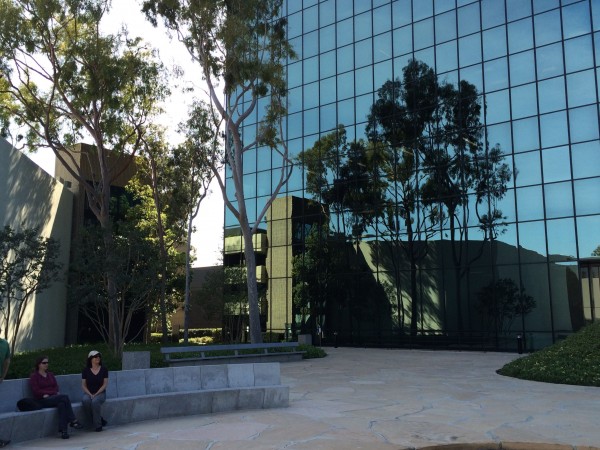
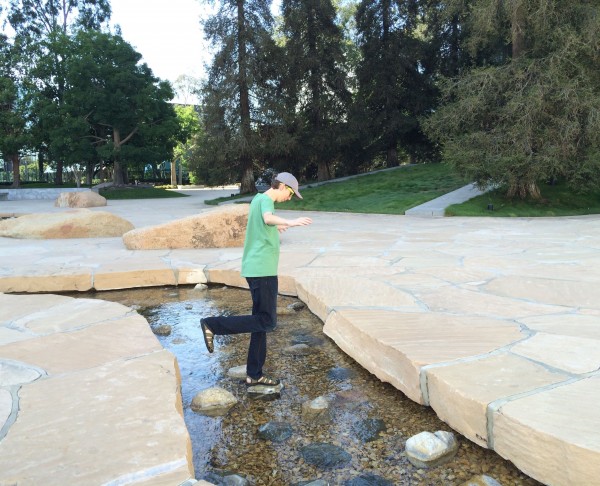
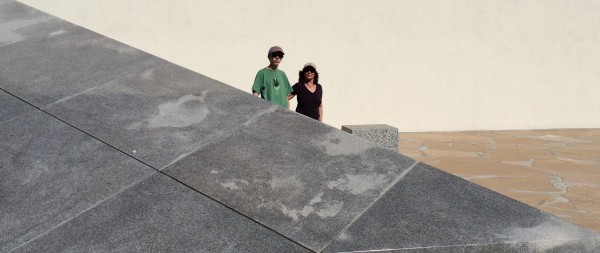
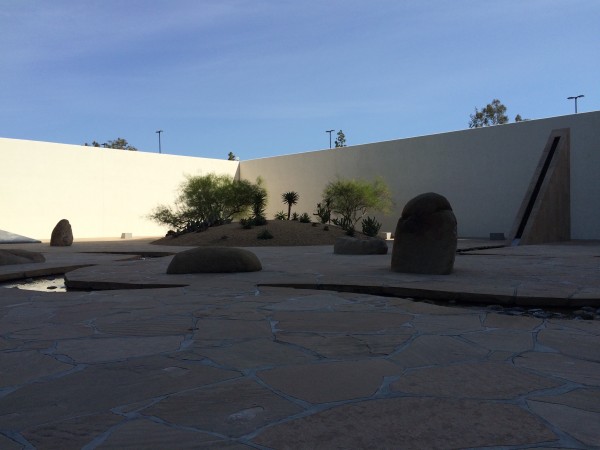
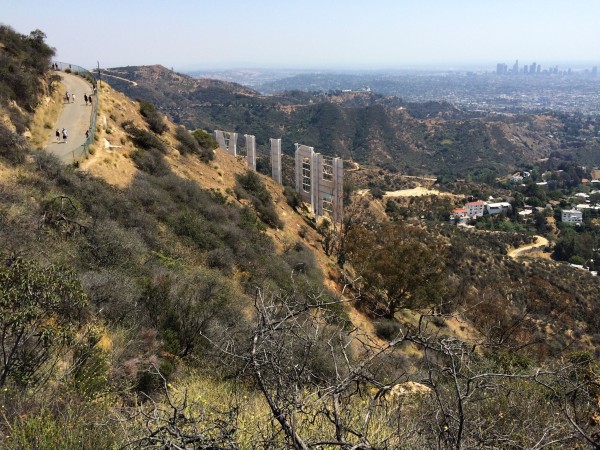
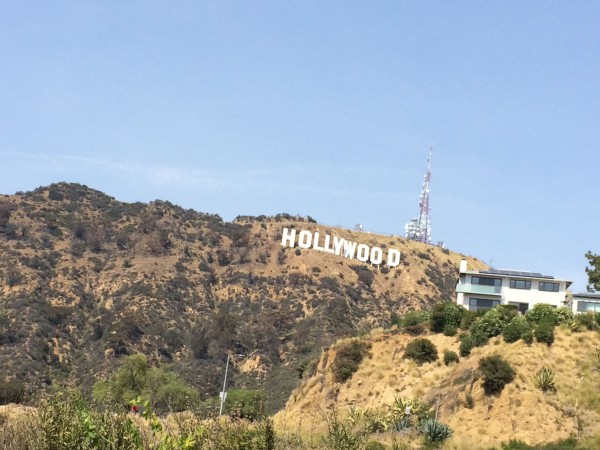


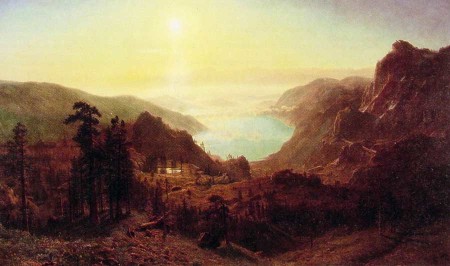
Sorry, the comment form is closed at this time.